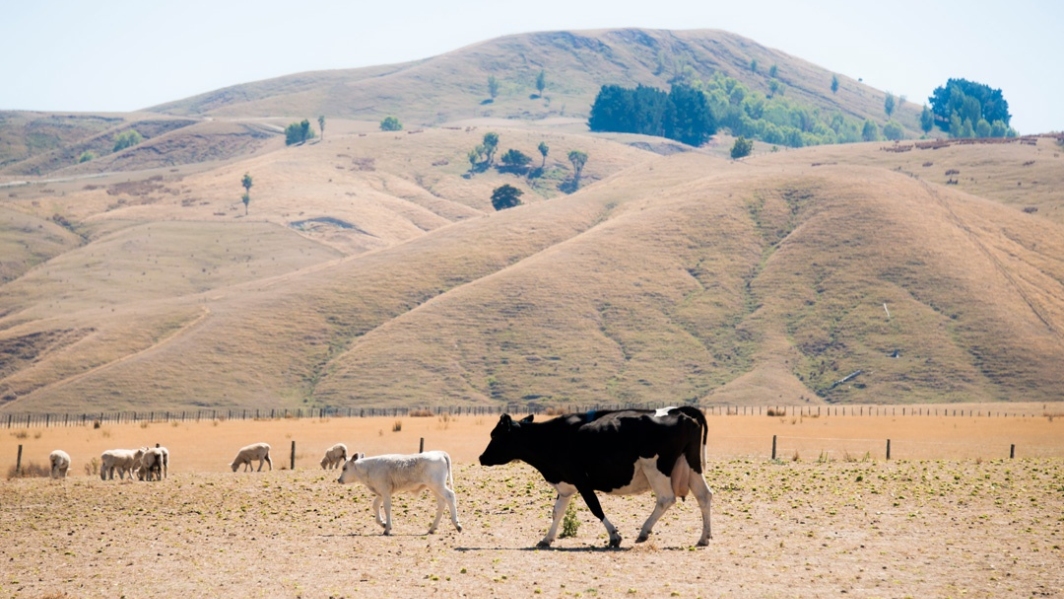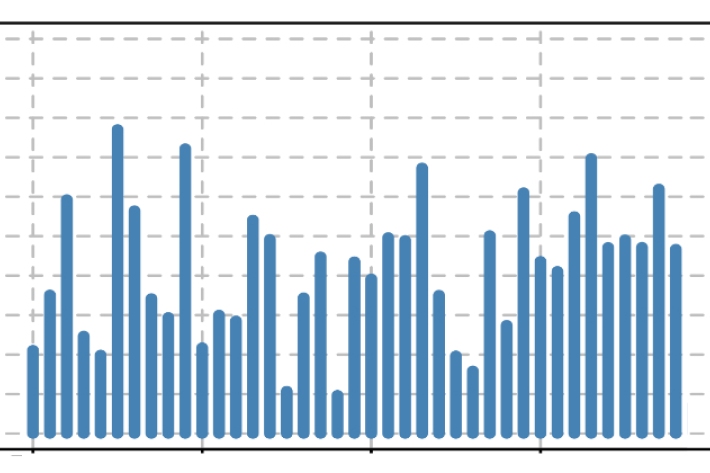-
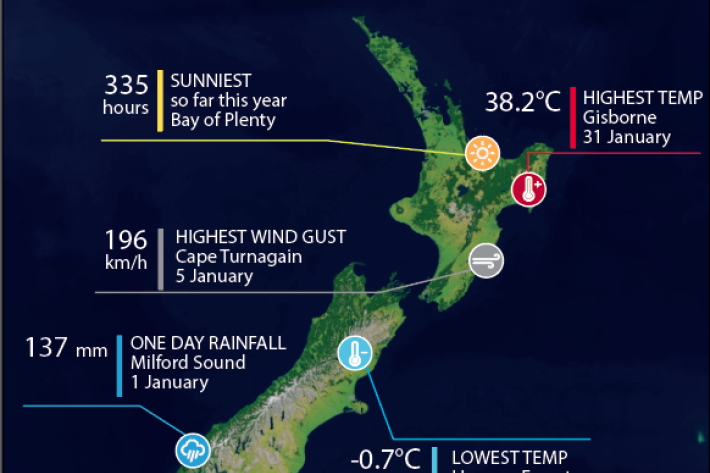
Climate data and activities
We provide an overview of New Zealand climate data for use in school projects. -

Tonga volcano “afterglow” causes dazzling skies in Antarctica
Media release06 June 2017Antarctica is experiencing stunning skyscapes like those recently seen in New Zealand, thanks to the afterglow effect from the Tongan volcano. -

UVI smartphone apps
Several apps that provide forecasts of the UV index (UVI) are available for smartphones. -

'Eleven-station' series temperature data
Research ProjectTemperature trends from 1930s to present day -
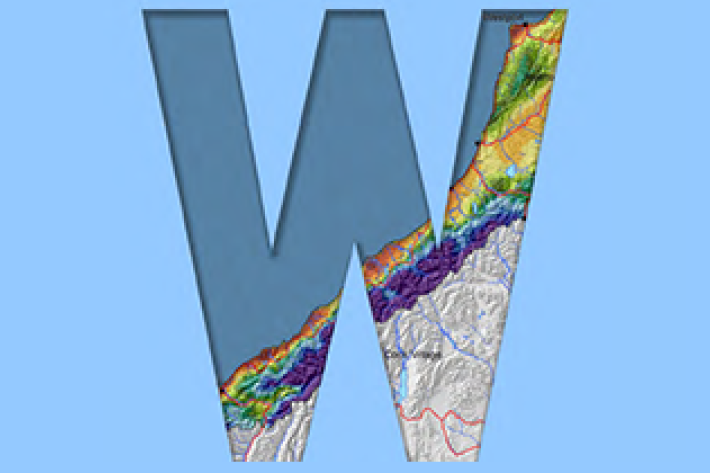
West Coast
West Coast is New Zealand’s wettest region, and this may be attributed to its exposure to the predominant westerly airflow over the country, combined with the orographic effect of the Southern Alps. -
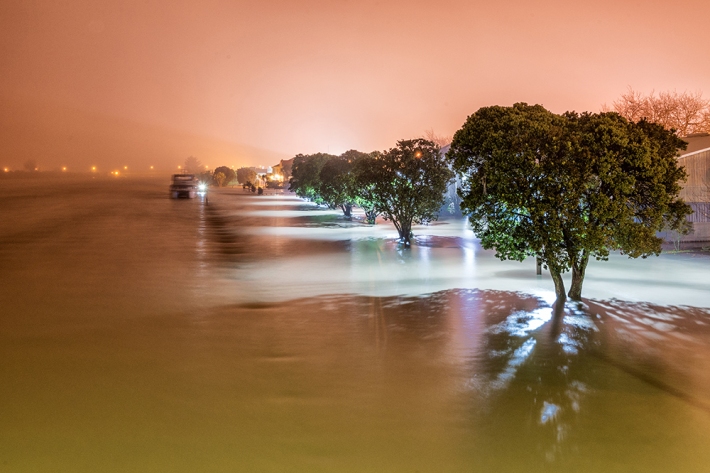
Understanding and predicting floods and their impacts
Feature story06 June 2017Floods are not unusual in New Zealand, but those that hit us early this winter broke records. Why did they occur? Should we expect more? Can we predict future floods? -

Mean 10cm earth temperature (°C)
These datasets are available in a range of formats. -

Map Alpine
Education ResourceMountainous areas are subject to heavy snowfalls, high winds, and low temperatures. Semi-permanent snow and ice fields exist at about 1000-1100 metres during winter. -

How do we determine past climate?
Information about past climate is obtained from piecing evidence together from various sources.

